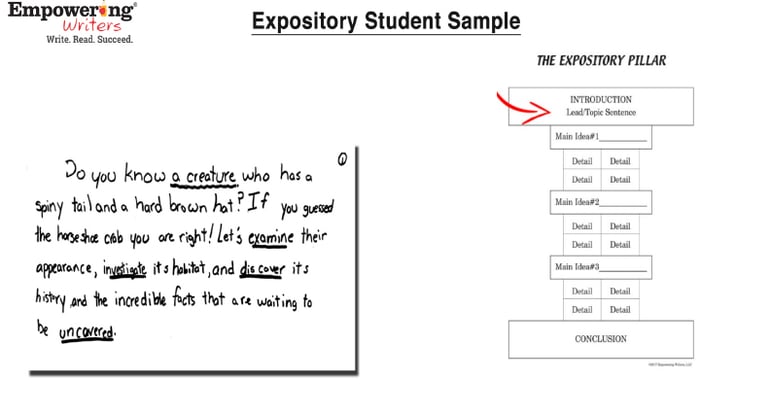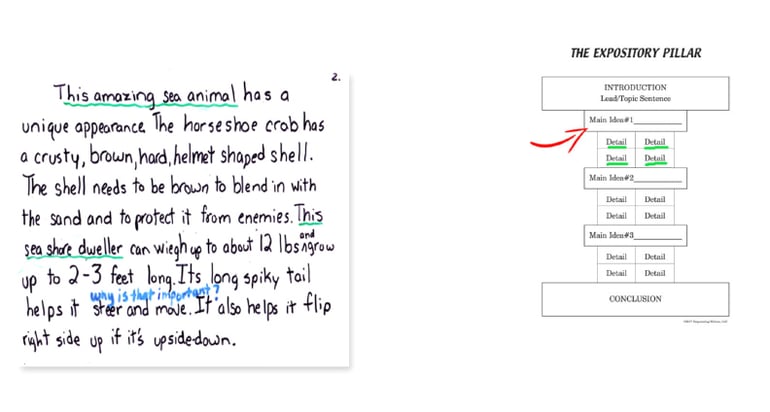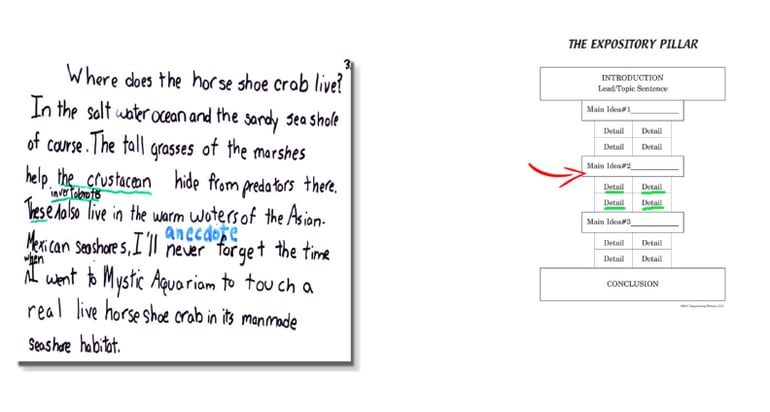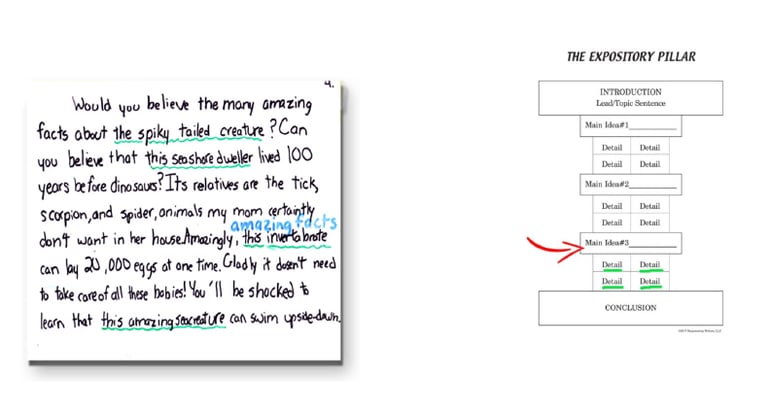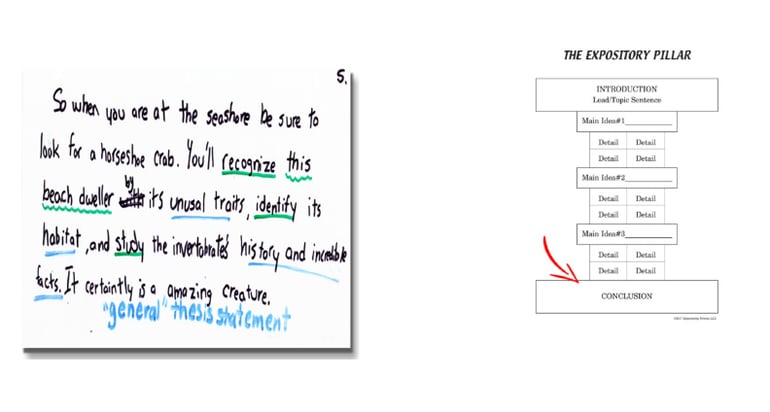Super Writing Lessons | Student Writing Lessons | Expository Writing
Informational/Expository Student Writing Sample- Grade 4
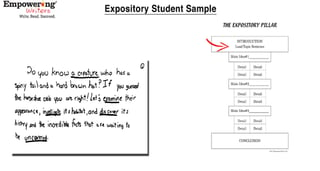 (Click image to download sample and feedback)
(Click image to download sample and feedback)
7-Day Process Piece Student Sample
Grade 4
One way that I found to ease the tremendous stress of a research project was to break it into manageable chunks for my students. Upon introducing the topic or subject of writing we began by creating a list of everything we knew about the topic and then sorting and categorizing that list.
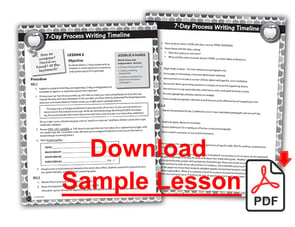 From there, students decided what they wanted to know more about or what we only had a little information about. This focused our research in a way that students could feel successful right away. Instead of researching “The Ocean,” as a whole topic students focused on one aspect of that very big idea. Some students chose a particular ocean animal, others wanted to learn about the tides, while still others had an interest in learning about the coral reef.
From there, students decided what they wanted to know more about or what we only had a little information about. This focused our research in a way that students could feel successful right away. Instead of researching “The Ocean,” as a whole topic students focused on one aspect of that very big idea. Some students chose a particular ocean animal, others wanted to learn about the tides, while still others had an interest in learning about the coral reef.
Our journey into the research then became much easier to manage. Students focused on one aspect of the big topic and then began to notice several smaller main ideas that matched each focused area. Students found information about the main ideas and then it was time to write. The following piece of exposition is a result of breaking the writing process down into small chunks and writing one section of the piece each day for a total of seven days (see the Expository/Informative Writing Summarizing Framework.) In the real world, authors do not just write in one big blur, or what some might call flash drafts. They in fact write a section, reflect on that section, and revise it as they go. That is exactly what my students were able to do quite successfully.
What really works in this piece:
- Organizational structure – the pillar
- Word choice – word referents
- Distinct Main Ideas
- The use of research: quote, amazing facts, anecdote
- The voice and tone
Note the use of informative verbs and the way the author states each main idea in this introduction paragraph.
Note the use of “word referents” instead of “the horseshoe crab…the horseshoe crab…the horseshoe crab…” The author uses the productive questions “What does it look like, why is it important?” to add meaningful detail to support the main idea – appearance.
The student states the main idea of this paragraph as a question. This is one strategy taught for revising boring main idea sentences. Note the use of an anecdote to provide interesting detail to support the main idea – habitat.
In the conclusion paragraph, the author uses a hypothetical anecdote, informative verbs, a definitive phrase, word referents, and a general restatement of the topic sentence. All of these are strategies taught in EW instruction.
Recommended Resources
